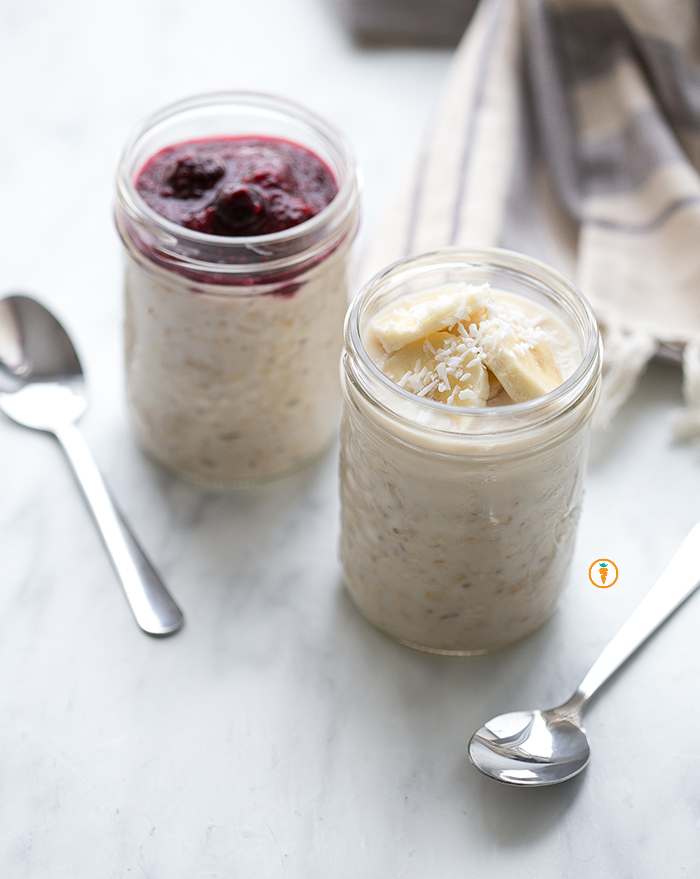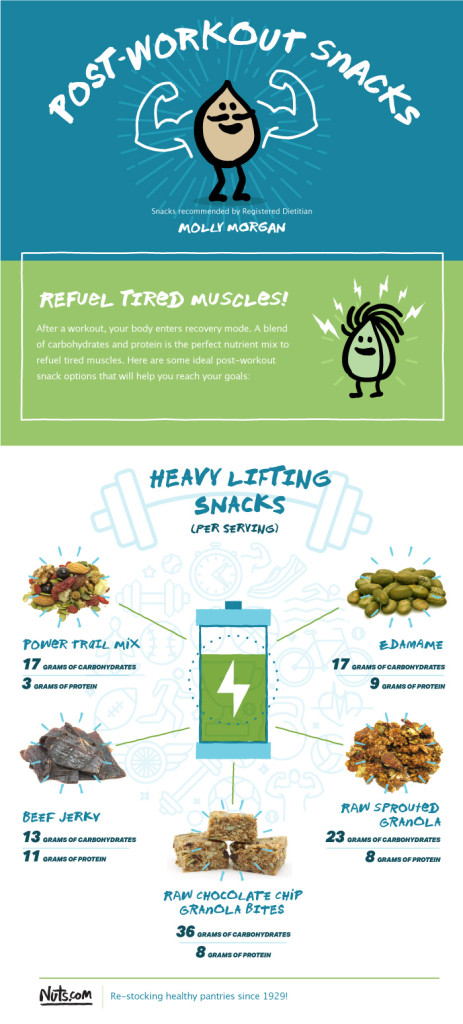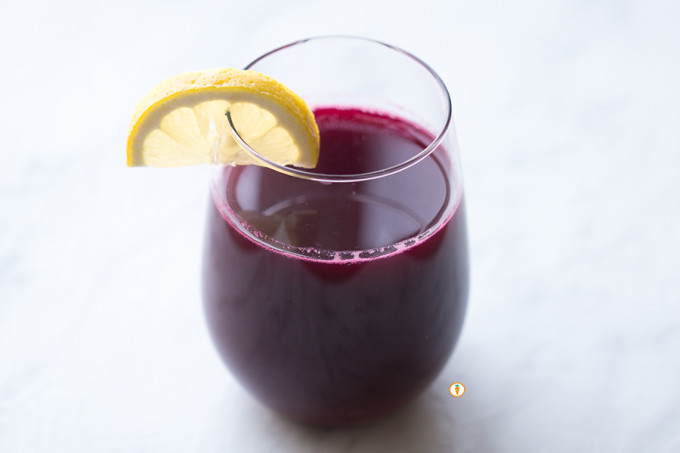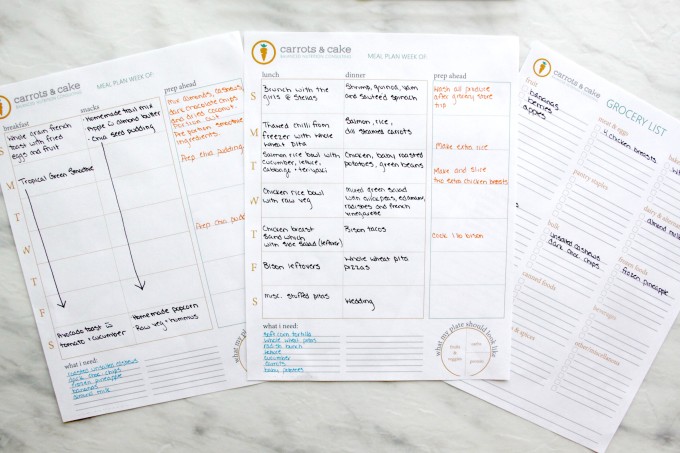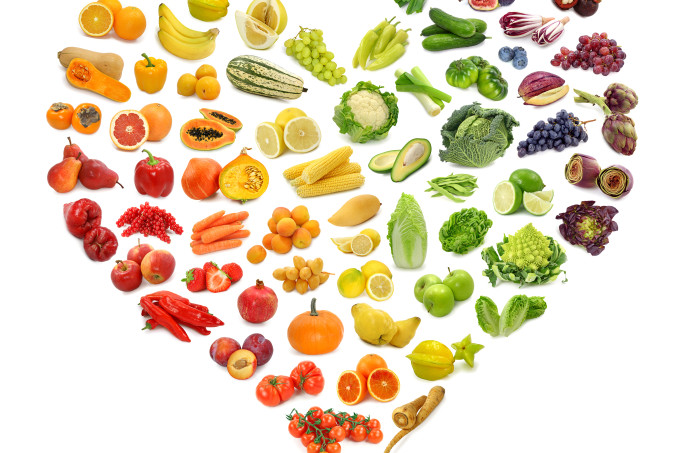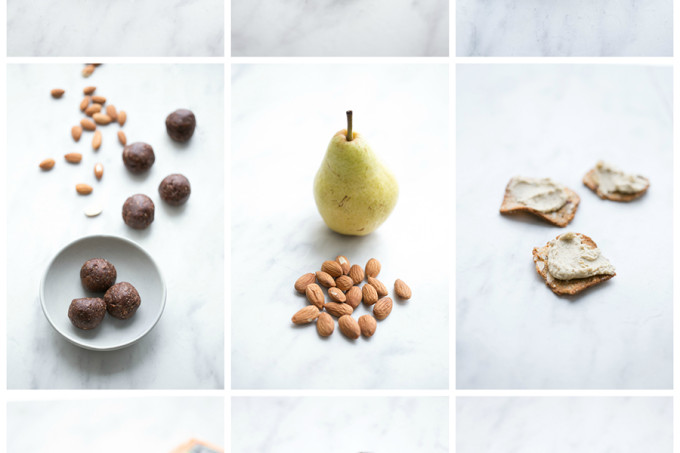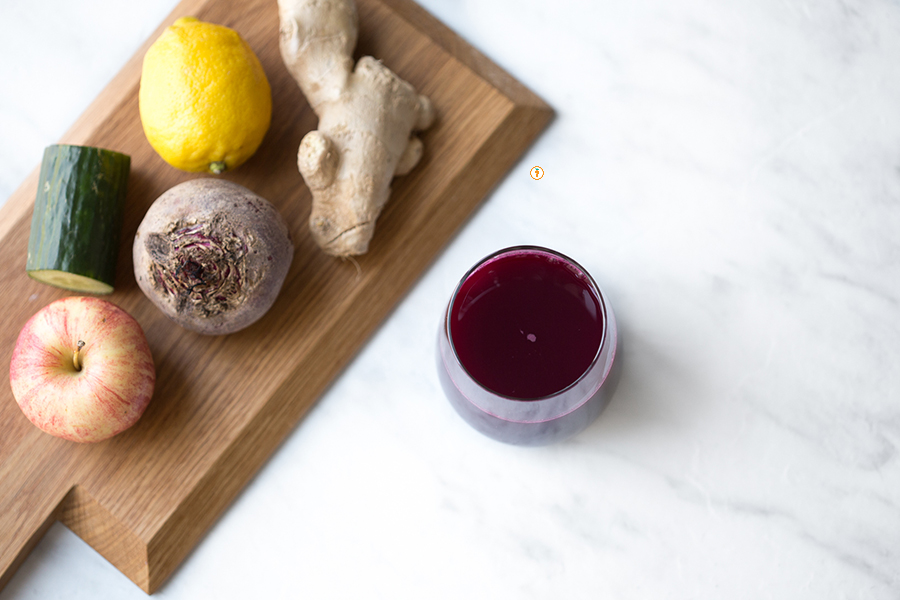
p.s. recipe for this super awesome juice is coming your way (and you don’t need a juicer)
I have had a ton of recent produce donations from generous friends sharing their garden harvest. One time, I was fortunate enough to receive far too many beets than I even knew what to do with. I decided to get a little crafty one hot summer day. I was craving a cool and refreshing drink so I took to my fridge and experimented with making a juice in my Vitamix blender.
I tried this two ways. First I blended all the ingredients together but it was a wee bit pulpy for my liking. The grittiness of the beverage wasn’t something I was going after. You may like it though, plus all that fibre is totally good for your health. The second time I placed the blended concoction through a nut milk bag and BOOM. I nailed it. The result is a cooling and slightly sweet beverage–perfect for a hot day and something different from the litres of water I tend to consume each day. Tip: if you don’t have a nut milk bag, I found using a sieve worked just as well!
- 1 cup water
- 1 beet, washed, peeled and chopped into 1" pieces
- 4" piece cucumber, chopped into 1" pieces
- 1 small apple, chopped into 1" pieces
- Juice of half a lemon
- 1" knob of ginger
- Place everything in a high-powered blender. Depending on your blender you may have to use a low setting and gradually increase to a higher setting. Or, use an ice crusher setting to break apart the beet.
- Blend until it is as smooth as possible.
- Optional: strain out as much or as little of the pulp as you wish using a nutmilk bag or a sieve.
- Cool and enjoy!
While juice isn’t something I reach for on a daily basis, I do recommend clients look for products not made from concentrate. Another tip to keep in mind is that the overarching recommendation is that infants, toddlers and children should not have more than 125 to 175 mL (4 to 6 oz) of juice per day. This recipe makes a total volume of approximately three cups so I find I’m usually sipping this over a few days.
Food photography done by the talented Ceone Dyck. To learn more about Ceone click here or follow her on Facebook.
Don’t forget to follow Carrots and Cake on Instagram to see tiny square snap shots of my life.
– With Love, Carrots and Cake,

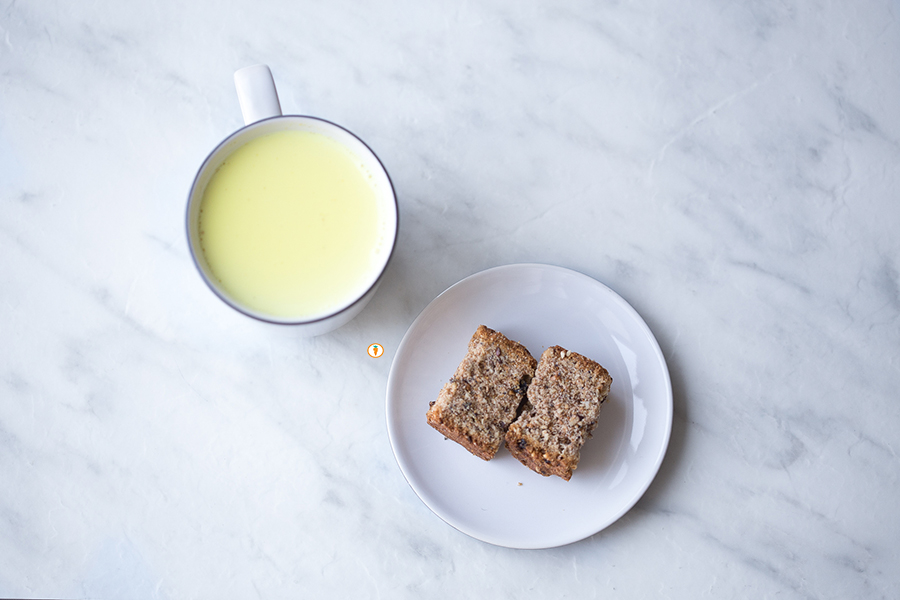 Yeah, that’s right. Turmeric milk. It’s totally all the craze right now but ironically enough, this recipe for warm milk is close to home for many East Indians. Turmeric milk, also known as “golden milk” or in Hindi haldi ka dhood is incredibly nourishing. Ayruvedic experts believe it helps with the prevention of common coughs, colds and insomnia (or so my mom tells me). The star ingredient in this recipe is turmeric which we now KNOW is
Yeah, that’s right. Turmeric milk. It’s totally all the craze right now but ironically enough, this recipe for warm milk is close to home for many East Indians. Turmeric milk, also known as “golden milk” or in Hindi haldi ka dhood is incredibly nourishing. Ayruvedic experts believe it helps with the prevention of common coughs, colds and insomnia (or so my mom tells me). The star ingredient in this recipe is turmeric which we now KNOW is 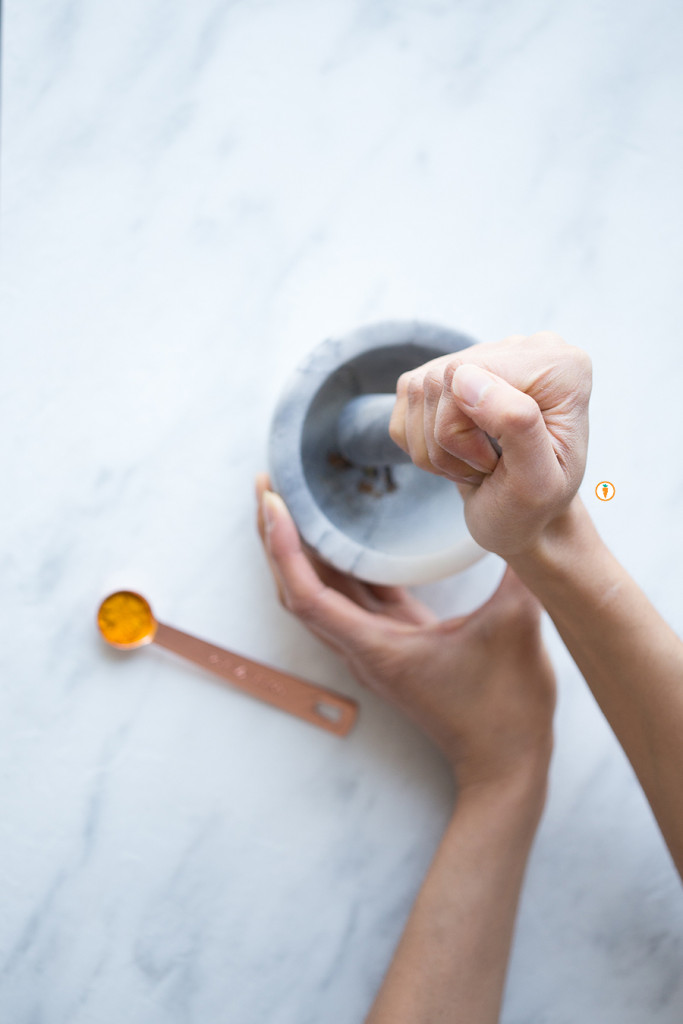
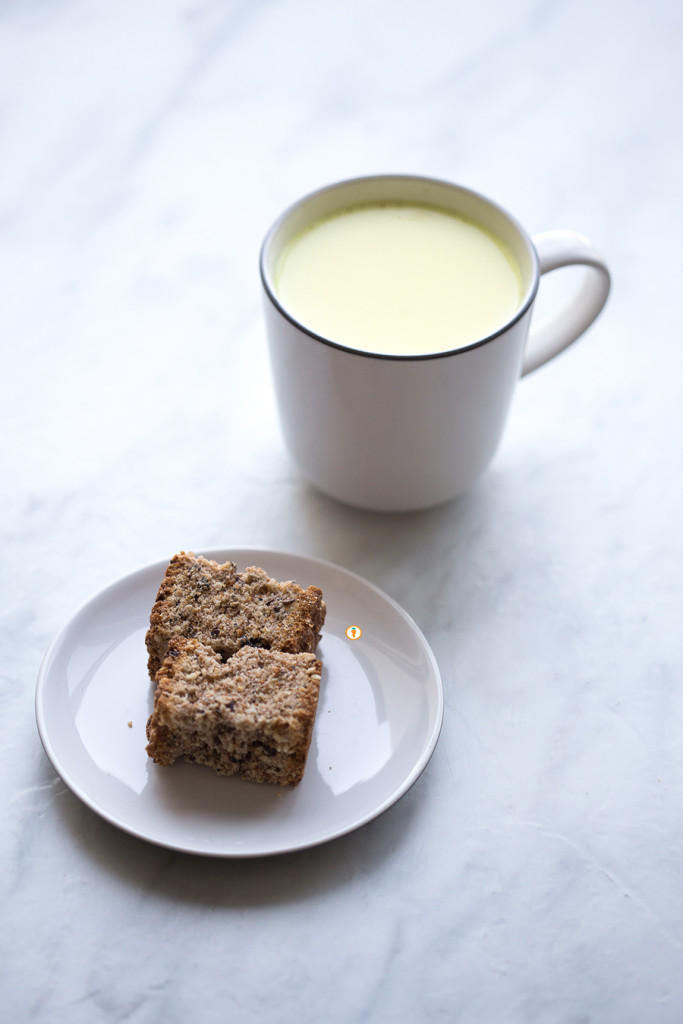 Food photography done by the talented
Food photography done by the talented 
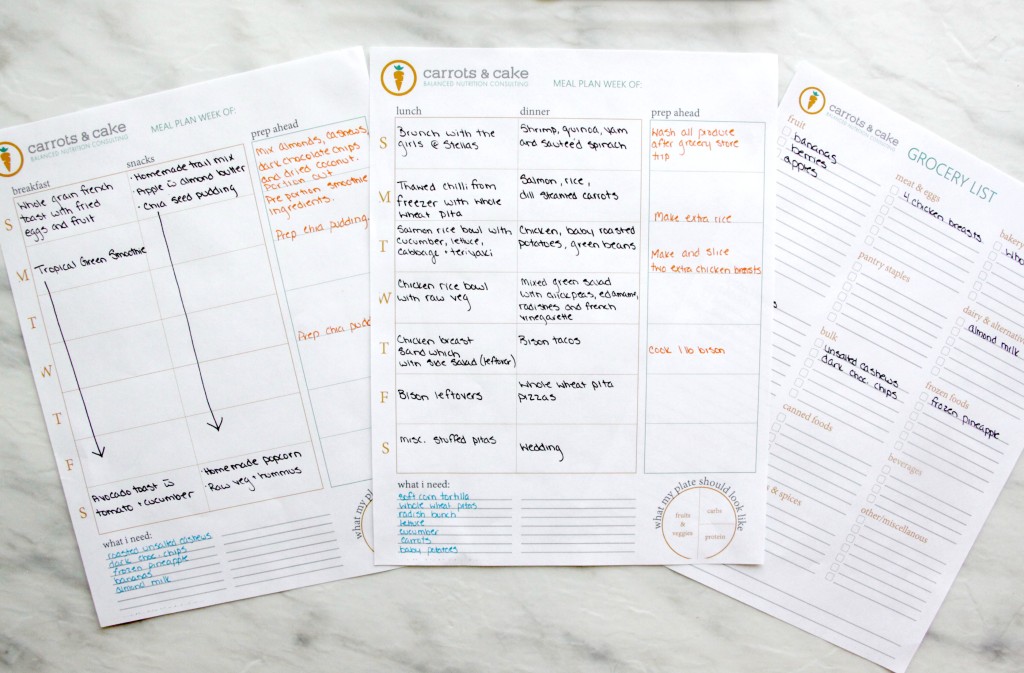
 There has been so much on my mind over the last several months that I’ve been wanting to share. Unlike other posts, this one tugs a little deeper into my heart, because well, things have changed. I have changed. I’m Jaidev’s mom now, and that my friends is a game changer, kay?
There has been so much on my mind over the last several months that I’ve been wanting to share. Unlike other posts, this one tugs a little deeper into my heart, because well, things have changed. I have changed. I’m Jaidev’s mom now, and that my friends is a game changer, kay?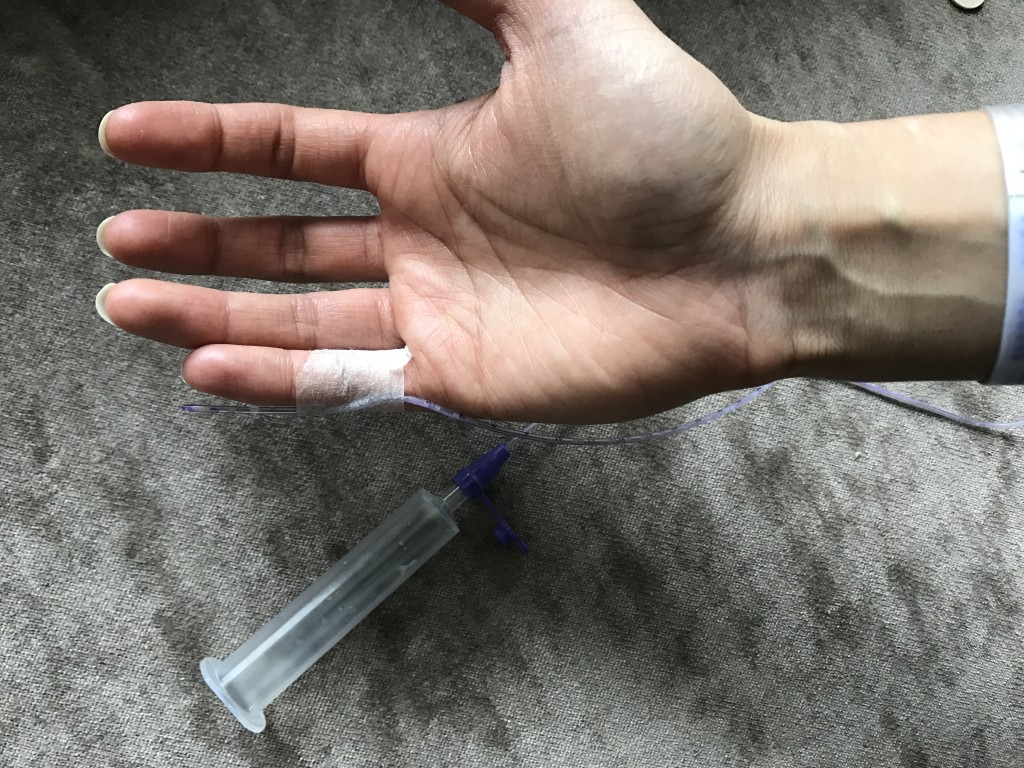

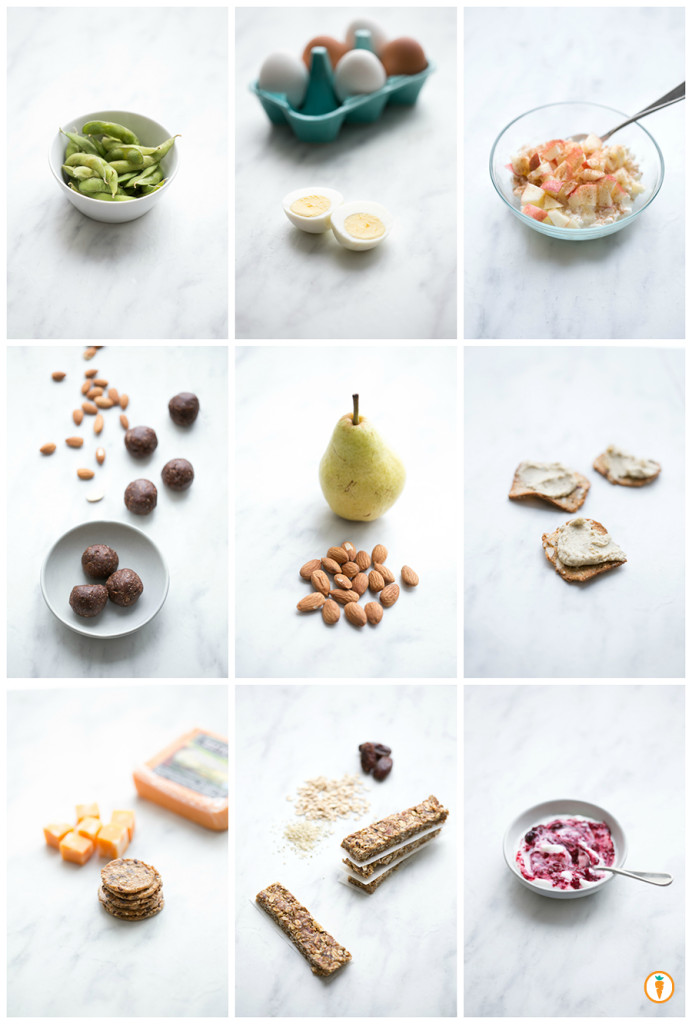
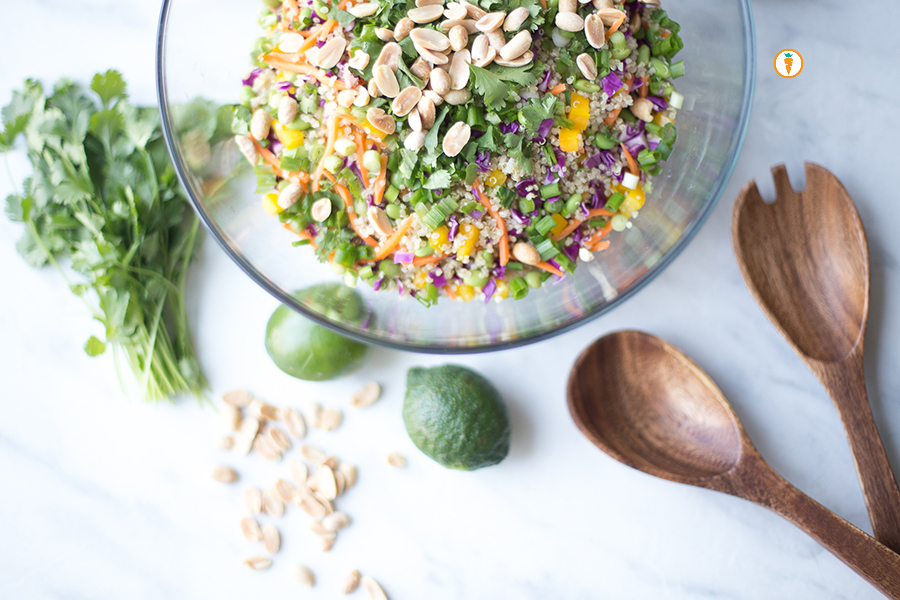 I love quinoa. But I’m really not a fan of it by itself. Are you? My preference is to enjoy it when it’s “mixed” into something like a
I love quinoa. But I’m really not a fan of it by itself. Are you? My preference is to enjoy it when it’s “mixed” into something like a 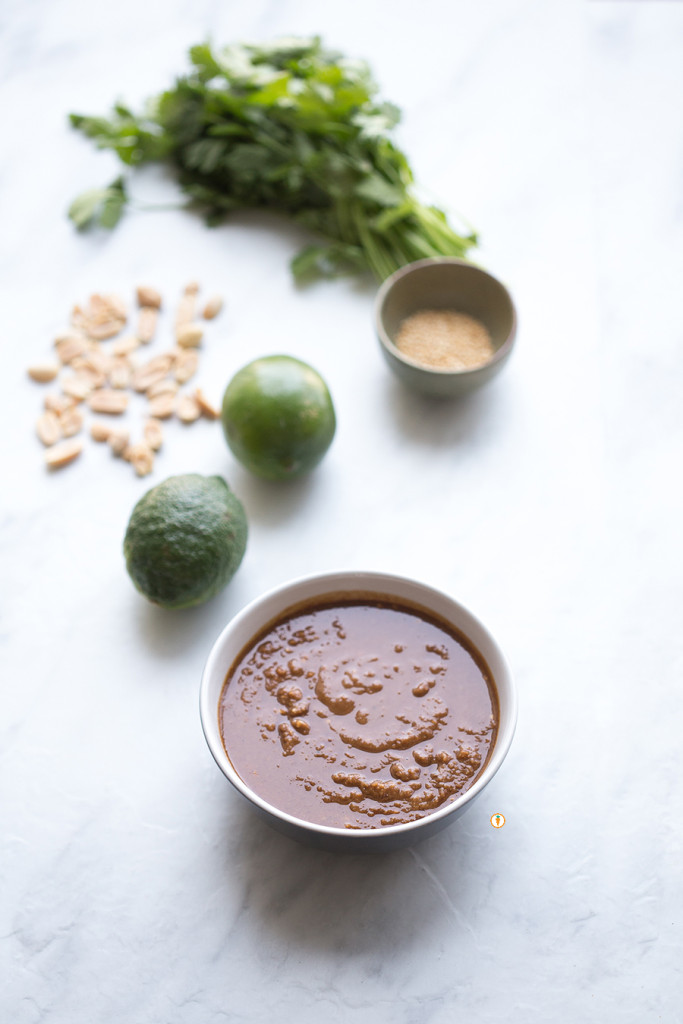
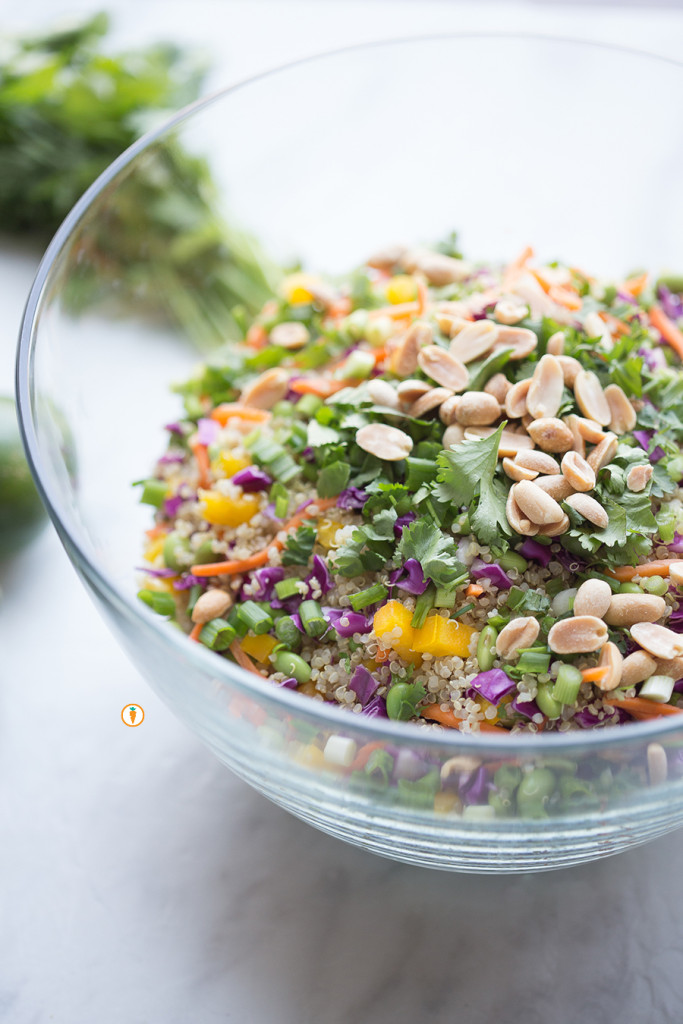
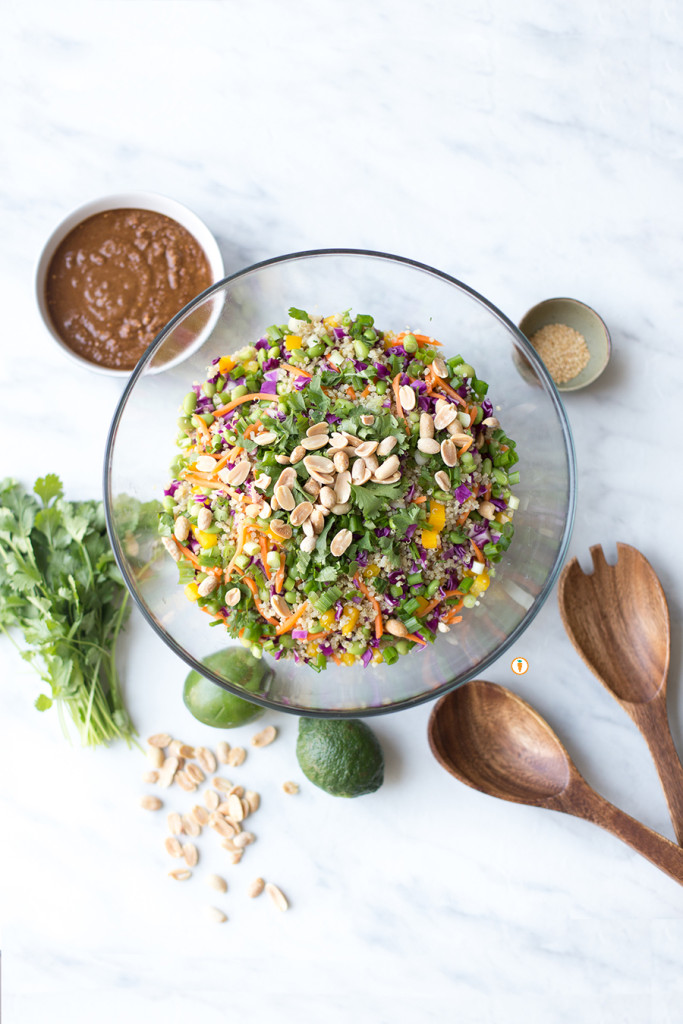
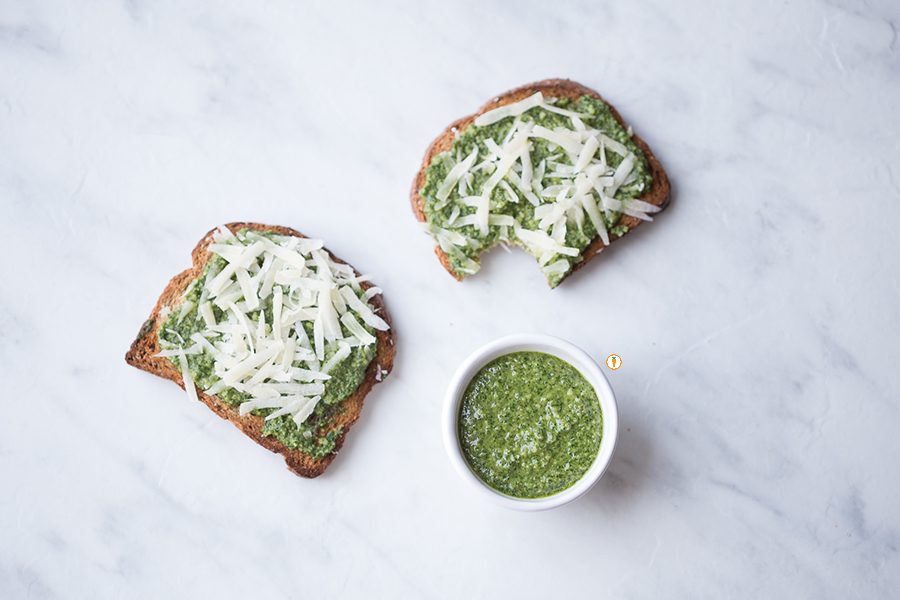 I love me some pesto. Do you? I only began experimenting with this sauce a few years ago and now it’s a pantry staple. Better yet, I’ve even ventured into making my own version of pesto. I was inspired to use kale in this recipe by my
I love me some pesto. Do you? I only began experimenting with this sauce a few years ago and now it’s a pantry staple. Better yet, I’ve even ventured into making my own version of pesto. I was inspired to use kale in this recipe by my 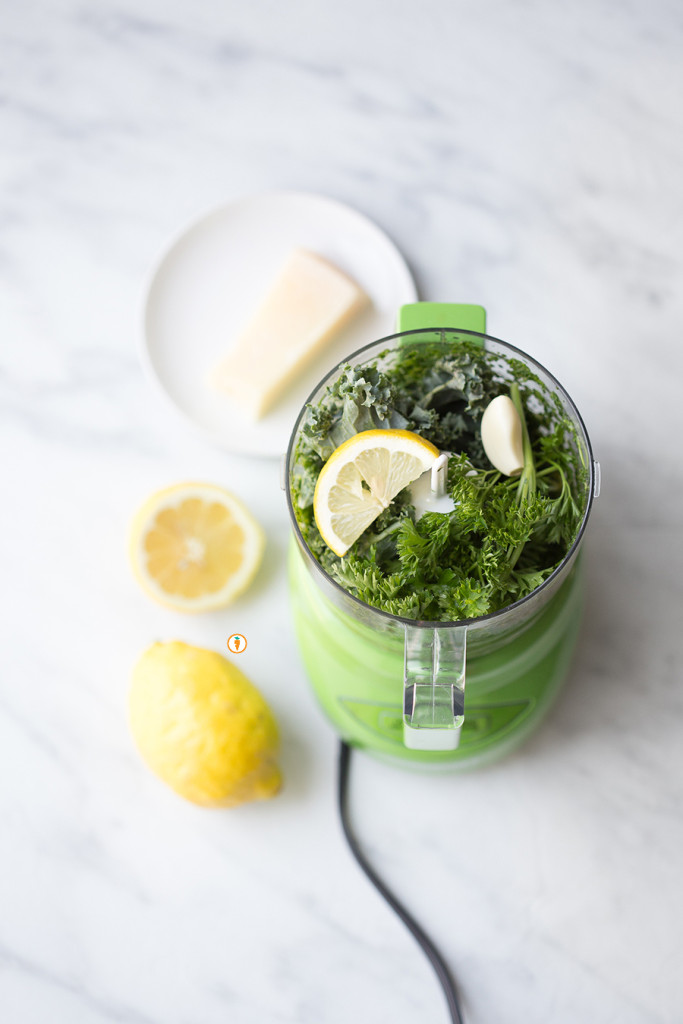
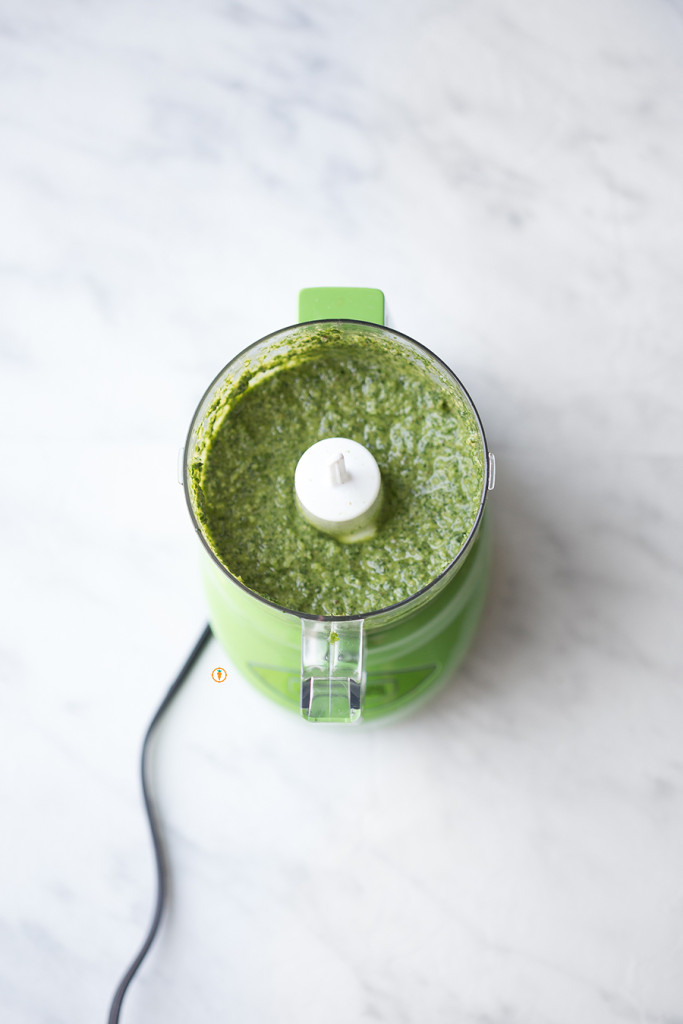
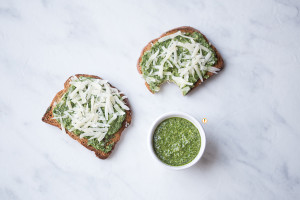
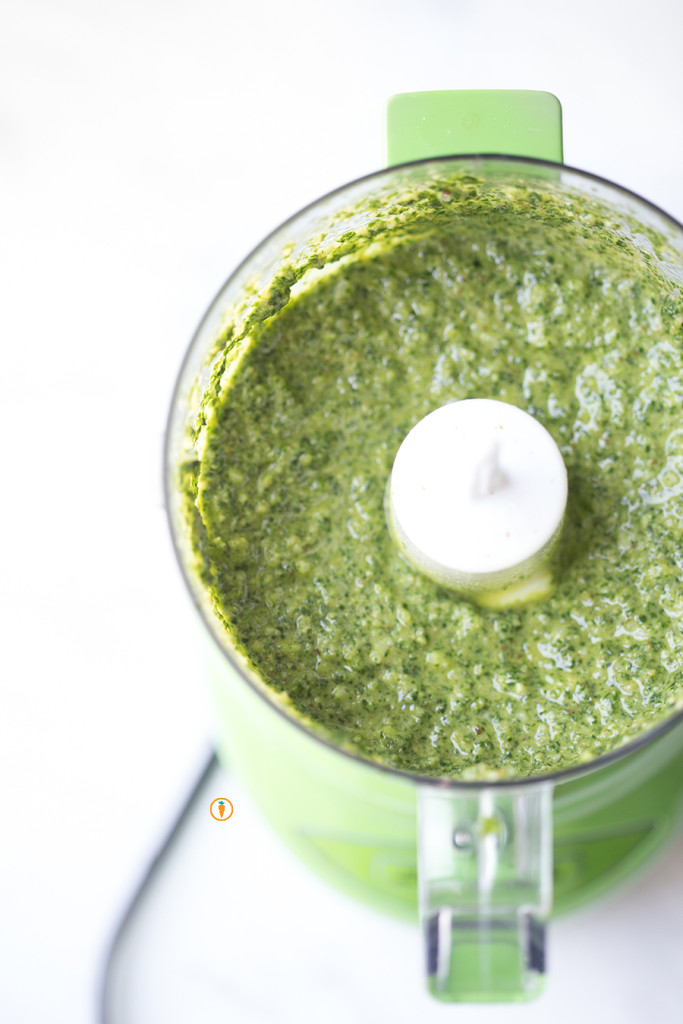 Food photography done by the talented
Food photography done by the talented 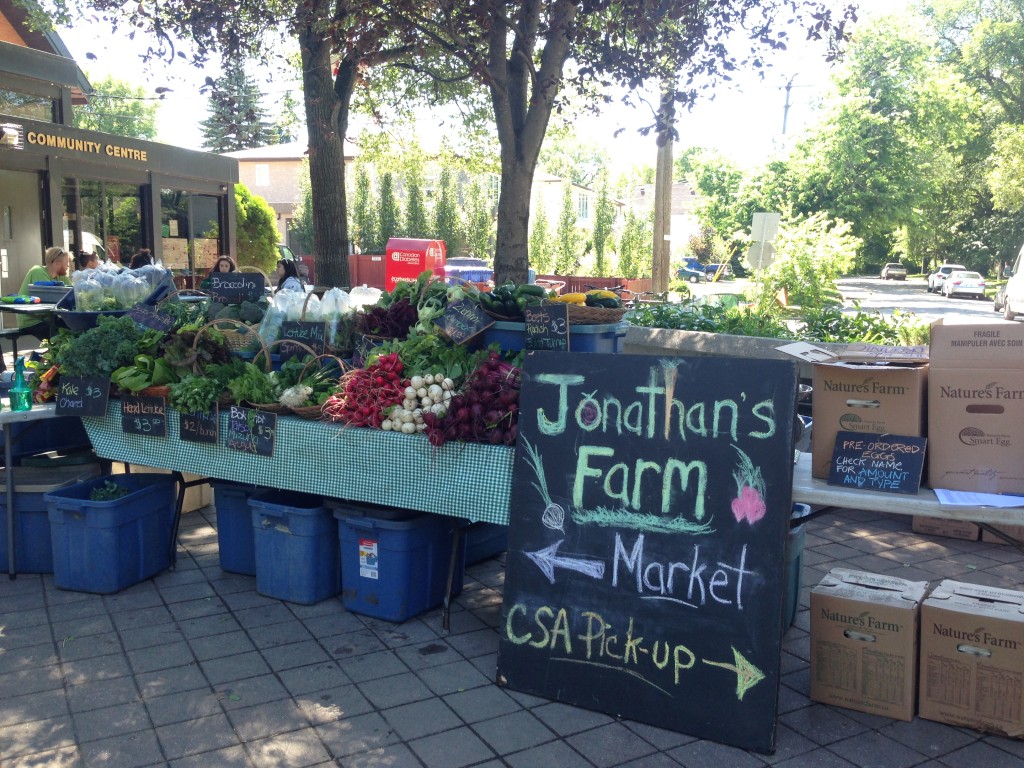
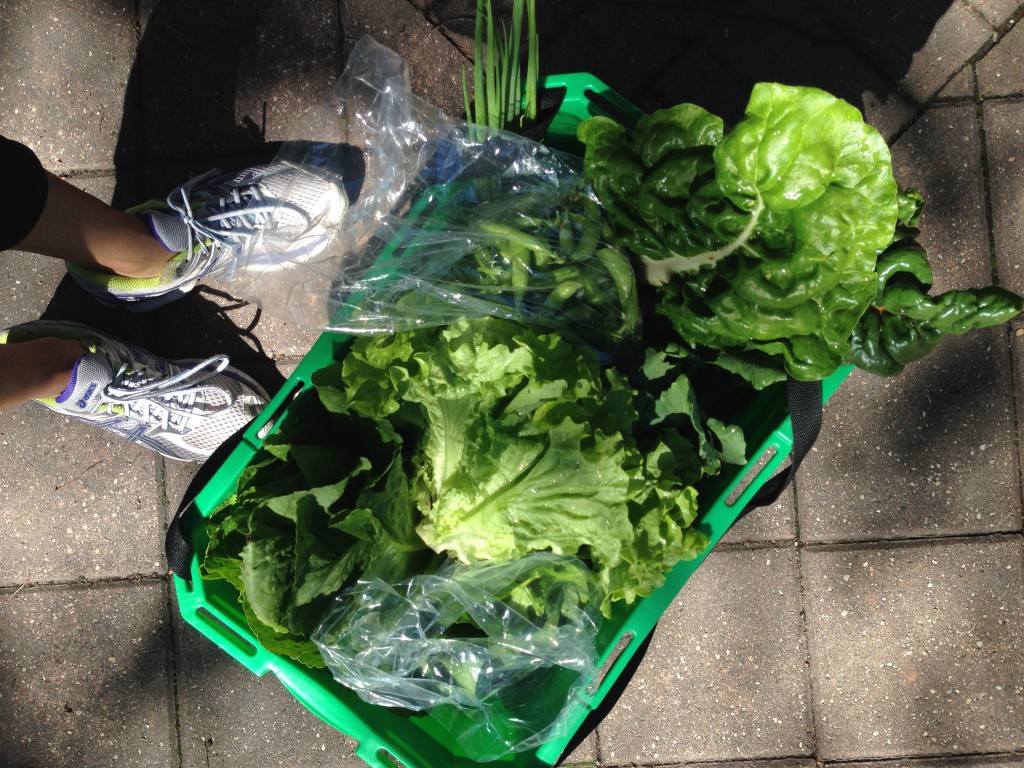

 Photo credit: Bree-Ann Merritt Photography
Photo credit: Bree-Ann Merritt Photography